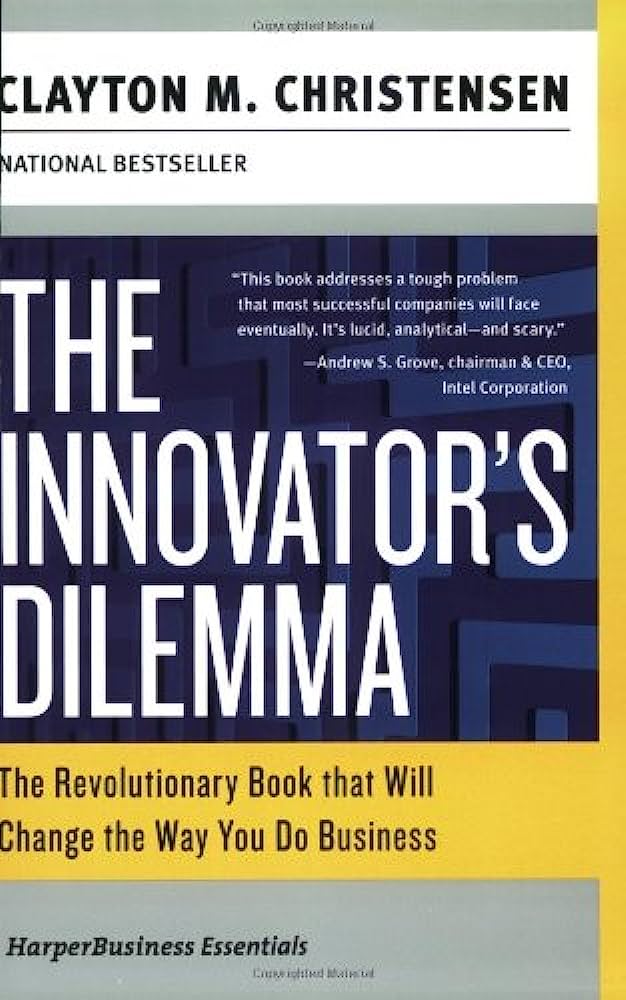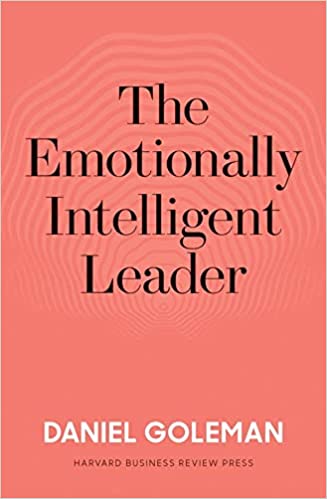Customer Loyalty: How to Earn It, How to Keep It
RATING


In Customer Loyalty, the author begins with a short introduction to customer loyalty, drawing distinctions between increasing market share and building loyalty, and how a market strategy can limit loyalty.
The author distinguishes between customer satisfaction, which is an attitude, and customer loyalty, which can be defined in terms of buying behavior. The loyal customer, according to the author, makes regular repeat purchases, purchases across product and service lines, refers others, and demonstrates immunity to the pull of the competition. This occurs across five steps of the purchase cycle: awareness, initial purchase, post-purchase evaluation, decision to repurchase, and repurchase. She categories types of loyalty across four types based on repeat purchase and relative attachment (no loyalty, inertia loyalty, latent loyalty, premium loyalty). In the remainder of the book, the author guides the reader through a framework of seven stages and what to do in each stage to build customer loyalty: suspect, prospect, disqualified prospect, first-time customer, repeat customer, client, and advocate. Throughout, the author addresses the failure of the “market share” theory with numerous case studies. In the final chapter the author addresses how to develop a loyalty-driven culture in your company.
The author gives practical steps for improving loyalty with an understandable framework and tactics for implementation. For example, through “The Profit Generator System,” the author presents and addresses the marketing challenges every company must address to be profitable. This is a step-by-step application for across the “seven stages,” namely:
- Suspects and prospects: attracting those with long-term potential
- First-time customers: the importance of the transaction and customer expectations
- Repeat customers: providing value with each interaction
- Client stage: shifting from sales person to consultant
- Advocacy: the need to follow through so customers feel valued and important
Through the use of anecdotes and case studies, the book is well structured and easy to read.
This book is less about theory and more about useful applications. It ends with a short chapter on how to develop a loyalty-driven culture in your company, with an overview of loyalty measurement variables, which seems too short and superficial, given the amount of material devoted to tactics. For more information on strategy and metrics, readers may refer to The Ultimate Question 2.0 or Improving Customer Satisfaction, Loyalty and Profit.
You’ve read about Customer Loyalty in the Los Angeles Times, Dallas Morning News, Miami Herald, Kansas City Star, Entrepreneur, Industry Week, Marketing News, Boardroom Reports, Marketing Management, Library Journal, The Selling Advantage, Ideas Magazine, Executive Briefings, Training, Hospitality Upgrade, Direct, Quality Digest, Marketing Tools, Houseware Executive, Journal of Pharmaceutical Management, Discount Merchandiser, TeleProfessional, NationsBank Business, Modern Jeweler, Furniture Today– now read the new and revised edition of the ground-breaking book that created all the buzz.
This book provides a guide to implementing customer loyalty which is easy to understand, with tips and examples backing up each of the steps to creating loyal customers. The author seeks to distinguish customer satisfaction from loyalty and she applies practical knowledge from her business experience. It is ideal for heads of companies or anyone in marketing, sales or customer service.

See content on this topic

Sales training for front line along with basic development and coaching principles for line management.
Understanding branding and communications from the standpoint of emotional engagement and building relevant and meaningful dialogue with customers.
This course covers a complete view of customer touch points (both physical and virtual) and a unique model for standardizing and managing customer contact models across channels including approaches for customer feedback, quality management, and migration.
Understand how the innovation process changes moving from functionality and channel design to a process focused on creating value for customers.
Experiential Branding & Communications – Improving Brand Integration Through Emotional Engagement.
This course covers a complete view of customer touch points (both physical and virtual) and a unique model for standardizing and managing customer contact models across channels.
Understand the value of a customer-oriented analytics package and how behavioral scenarios can be used to improve profitability through influencing behavior and usage.
To understand the principles of game dynamics and learn how to effectively use the elements of gamification in business: to involve customers, employees and contractors in the process.
Understand the components and features in a complex Customer Relationship Management system (infrastructure, architecture, functionality, etc.) and the uses and benefits for both the business and the customer.
Understanding the range and function of different relationship management processes used to build customer engagement models and manage the quality of customer relationships.
Understand how the innovation process changes moving from functionality and channel design to a process focused on creating value for customers.
Understanding the drivers and mechanics of corporate culture will help any management to design and develop an organizational culture for success and growth.




 Copy Link
Copy Link
 E-mail
E-mail
 LinkedIn
LinkedIn
 Facebook
Facebook
 Telegram
Telegram
 WhatsApp
WhatsApp
















 Go Back
Go Back
Leave a Reply
You must be logged in to post a comment.